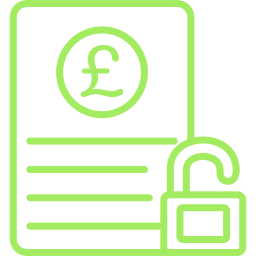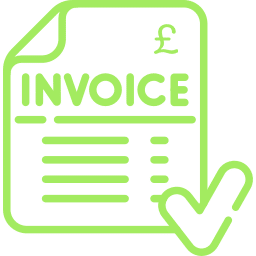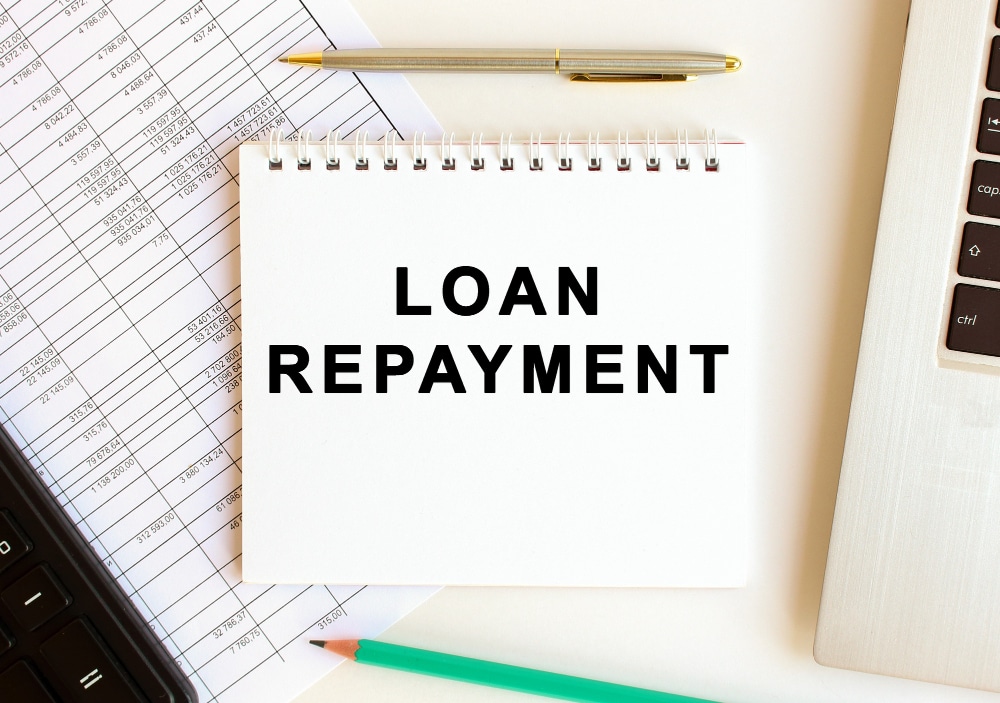A VAT loan can be a lifeline for businesses needing to bridge the gap between paying VAT and receiving income. However, like any loan, it’s crucial to plan and strategise for its repayment to maintain financial stability and a good credit rating. The following are effective tips and strategies that will help you repay your VAT loan successfully.
Knowing Your VAT Loan Terms
Before you start repaying your VAT loan, it’s crucial to understand the terms of the loan. These typically include the interest rate, repayment schedule, and any penalties for late payments. Thoroughly reviewing and comprehending these terms can prevent unexpected surprises and help you plan your repayments better. Make sure to clarify any doubts with your lender to fully understand your obligations.
Creating a Repayment Plan
Having a clear and structured repayment plan is essential. Start by setting specific repayment goals and timelines. Allocate a portion of your budget specifically for loan repayments and ensure it aligns with your income and expenses. A detailed plan will help you stay on track and meet your repayment obligations.
Steps to Create an Effective Repayment Plan:
- Assess Your Financial Situation: Review your income, expenses, and existing debts.
- Set Realistic Goals: Determine how much you can afford to repay each month.
- Create a Timeline: Outline the repayment schedule based on the loan terms.
- Allocate Budget: Dedicate a portion of your budget to loan repayments.
- Monitor Progress: Regularly review your plan to make sure you’re on track.
Budgeting for Repayment
Incorporating VAT loan repayments into your business budget is crucial. Adjust your budget to prioritise loan repayments while managing other expenses. Use budgeting tools and softwares to help you track your finances and ensure timely payments.
Budgeting Tips:
- Prioritise Repayments: Make loan repayments a priority in your budget.
- Cut Unnecessary Expenses: Identify and eliminate non-essential costs.
- Use Budgeting Tools: Utilise financial software to monitor your budget and cash flow.
Optimising Cash Flow
Optimising your cash flow ensures you have sufficient funds for loan repayments. Strategies to improve cash flow include managing receivables and payables efficiently, reducing unnecessary expenses, and increasing revenue.
Cash Flow Optimisation Tips:
- Speed Up Receivables: Encourage early payments from clients.
- Manage Payables: Extend payment terms with suppliers where possible.
- Reduce Costs: Cut down on unnecessary expenses to free up cash.
- Increase Revenue: Explore new revenue streams or boost sales.
Setting Up Automatic Payments
Setting up automatic payments for your VAT loan can help you avoid missed payments and late fees. Most lenders offer this option, allowing you to schedule payments directly from your bank account.
How to Set Up Automatic Payments:
- Contact Your Lender: Inquire about automatic payment options.
- Provide Bank Details: Give your bank account information for direct debits.
- Schedule Payments: Set up the payment schedule according to the loan terms.
- Monitor Transactions: Regularly check your account to ensure payments are made.
Communicating with Your Lender
Maintaining open communication with your lender is essential, especially if you encounter financial difficulties. Discuss any potential issues early on and explore options to adjust your repayment terms if needed.
Tips for Communicating with Your Lender:
- Be Proactive: Contact your lender at the first sign of trouble.
- Negotiate Terms: Discuss possibilities for adjusting repayment schedules.
- Seek Advice: Ask for guidance on managing your repayments effectively.
Reviewing and Adjusting Your Repayment Plan
Regularly reviewing your repayment plan ensures it remains effective. Adjust your plan in response to changes in your business’s financial situation. Seeking professional financial advice can provide valuable insights and help you make necessary adjustments.
Steps to Review and Adjust Your Repayment Plan:
- Regular Reviews: Assess your repayment progress regularly.
- Adjust Goals: Modify your repayment goals if your financial situation changes.
- Seek Professional Advice: Consult a financial advisor for expert guidance.
Repaying a VAT loan requires careful planning and proactive management. By understanding your loan terms, creating a structured repayment plan, optimising cash flow, and maintaining open communication with your lender, you can ensure successful repayment. Take these actionable steps to manage your VAT loan repayments effectively and maintain your business’s financial health.
Schedule a consultation with Funding Guru today and let our experts guide you through the process and help you with personalised strategies to keep your business on track.























